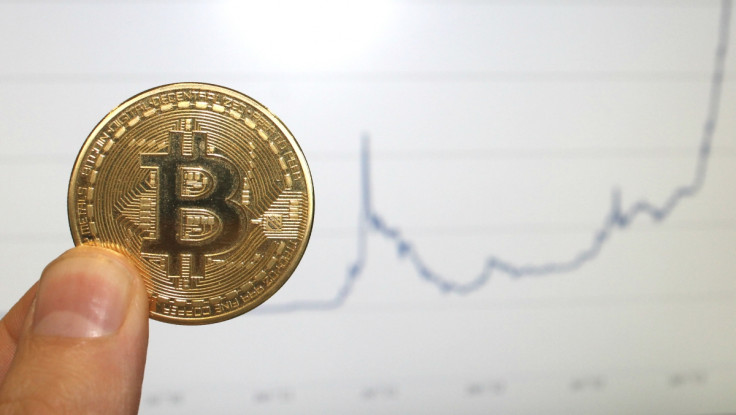Machine learning can balance risks involved in bitcoin trading
Arshak Navruzyan, founder of Startup.ML, has been applying machine learning to quantitative finance problems.

In terms of the directional movement of bitcoin the currency, 2015 saw near 40% gains making it one of the best performing financial instruments out there. But often traders are seeking greater returns than that and don't necessarily want the directional exposure, but just want to capture bitcoin's volatility.
This means trading bitcoin at a higher frequency, balancing transaction costs and execution risk – and this can be facilitated by machine learning.
Arshak Navruzyan the founder of Startup.ML, who has been applying machine learning to quantitative finance problems, found that cryptocurrency is also interesting because it allows relatively small scale investors access to exchanges, where they can get full order book data and trade more cost effectively compared to going through a brokerage.
Navruzyan said: "This is actually one of the exciting things about cryptocurrency; why a lot of our modelling work is happening in this area is because you do get access to exchanges even as a little guy."
A key thing for alpha traders is the concept of transaction costs. Volatility and transaction costs kind of go hand in hand, and if your transaction costs are high then your prediction has to be accurate for your alpha strategy to work.
Another key idea, associated with bitcoin, is low liquidity, which is kind of the flipside of volatility. The amount that changes hands on a given exchange on daily basis is not very much at all. On Coinbase's GDAX, for example, only about five million dollars worth gets traded on a daily basis.
Regarding transaction costs, a lot of exchanges favour market-making strategies versus taker strategies (maker being someone that's adding orders to the book; taker being someone that is taking those orders from the book). As a maker you pay a lot less fees.
Navruzyan said: "If you can make predictions for a maker strategy that's probably the easiest way for a new trader to try to get alpha generation happening on Bitcoin. Now maker strategies are inherently more complex because you are putting limit orders on the book.
"So even though you have fewer fees, you have now introduced a significant amount of execution risk, the book will run away from you, as it were. You are trying to get within that spread, but the book at high velocity will go off in a completely different direction and your order just sits there."
There are two places where machine learning can be used to gain alpha. One aspect of this is making a directional forecast for the instrument. So you decide what your hold time frame is going to be; it could be an hour it could be six hours, it could be five minutes.
"You build a machine learning model to try and forecast the direction of the instrument. That allows you to take either a long or a short position in the instrument for some period of time that you have designated.
"Another part, that we are doing lot of research on, is actually getting the trades executed, particularly when you have a market making strategy, which is great because the transaction costs are very low or non-existent.
"We are researching areas where machine learning can actually overcome that execution risk. In other words while you are market-making, machine learning is assisting you in getting your orders executed," said Navruzyan.
An explanation of how Navruzyan's execution risk machine learning system operates gets into some pretty deep proprietary waters. He said a lot of execution optimisation systems within traditional markets basically look at the order book pretty closely; they look at buy pressure, sell pressure and try to assess which way the liquidity flows are happening within the order book.
"We are building an intelligent system; we are building an AI that does this," he said.
© Copyright IBTimes 2025. All rights reserved.






















